Frey group
The research of the Frey group focuses on collective effects in the dynamics of complex systems. We are interested in how the interplay between stochastic fluctuations, interactions, and geometry shapes system-level properties and their functional characteristics. A central goal of our research is to identify and characterize universal action principles, and thereby develop a mechanistic understanding of system features. To this end, analytical and numerical methods from non-equilibrium statistical physics and nonlinear dynamics are used and developed further.
For a popular account of our research interests, please refer to the newsletter of LMU Munich insightLMU.
Representative publications
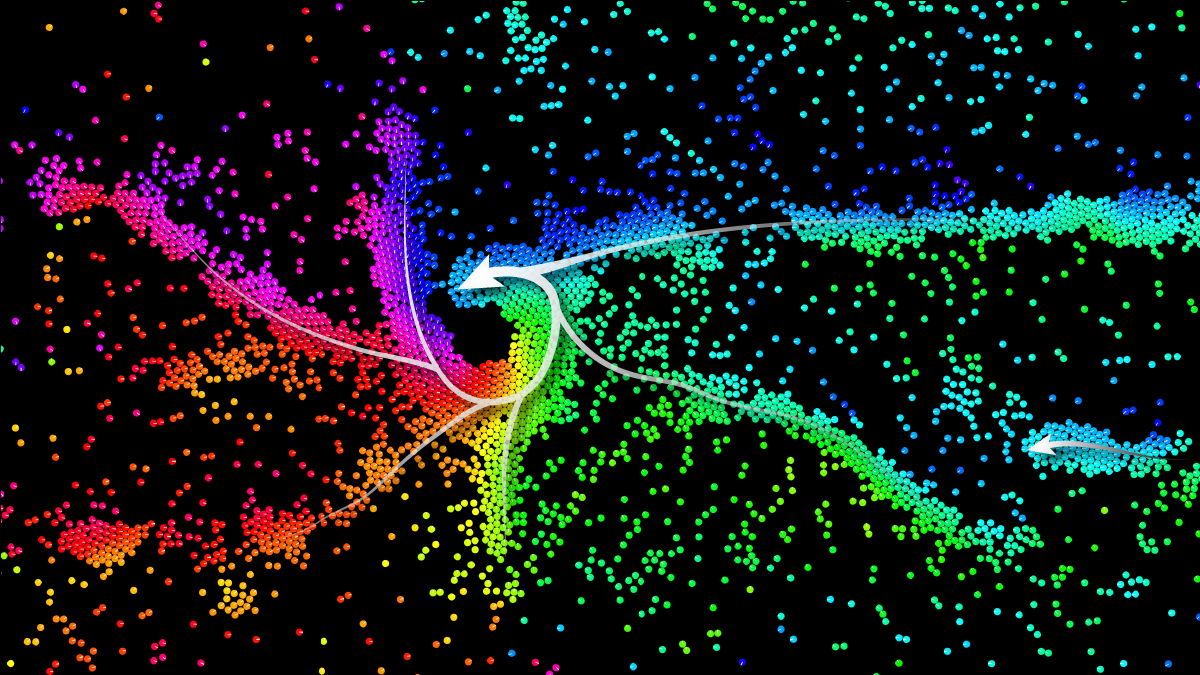 Multi-scale organization in communicating active matter
Multi-scale organization in communicating active matter
How are identical unsupervised units able to collectively self-organize an efficient aggregation process in which individual elements are guided towards selected locations so as to form ordered and information-rich structures? We introduce a new paradigm of communicating active matter for which local decision-making in response to a signal and transmission of information via chemical waves lead to collectively controlled self-organization over a hierarchy of collective dynamic states at multiple scales.
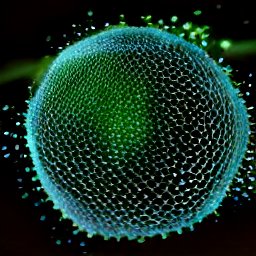 Control of protein-based pattern formation via guiding cues
Control of protein-based pattern formation via guiding cues
Proteins control many vital functions in living cells, such as cell growth and cell division. Reliable coordination of these functions requires spatial and temporal organizaton of proteins inside cells, which encodes information about the cell geometry and the current state in the cell cycle. Here, we review how protein patterns are guided by the cell size and shape, by other protein patterns that act as template, and by the mechanical properties of the cell. We posit that understanding the controlled formation of protein patterns in cells will be an essential part of understanding information processing in living systems.
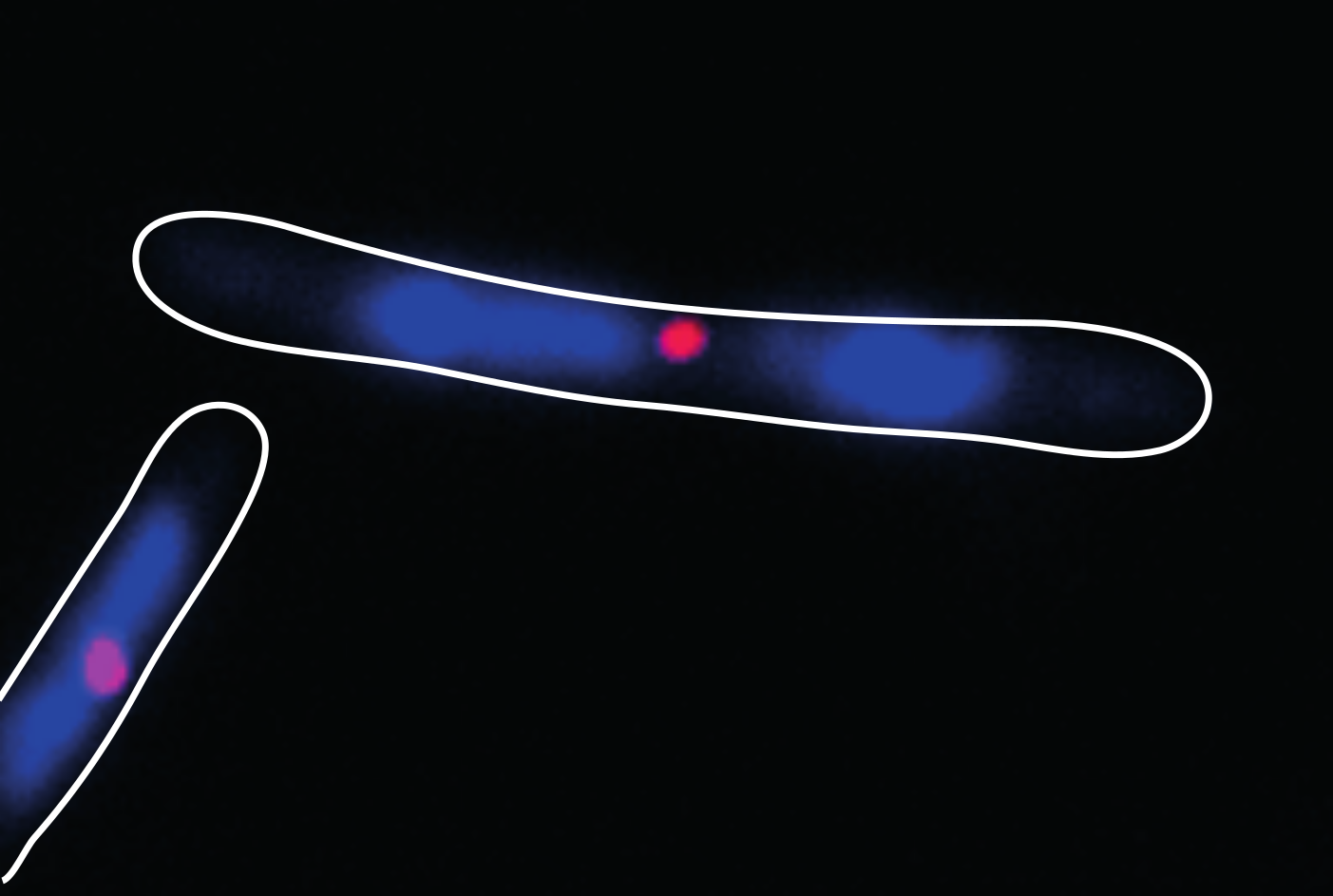 Regulation of Pom cluster dynamics in Myxococcus xanthus
Regulation of Pom cluster dynamics in Myxococcus xanthus
Intracellular positioning of proteins is important for several vital processes in bacterial cells, including cell division. Bacterial cells generally divide symmetrically by forming a contractile ring, which is progressively constricted to form two daughter cells of equal size. An important question to address is how a bacterial cell can identify mid-cell to divide there. In our work we have developed a mathematical model that explains how the plane of division is specified in the rod-shaped bacterium Myxococcus xanthus.
 Emergence of coexisting ordered states in active matter systems
Emergence of coexisting ordered states in active matter systems
Life relies on the emergence of order. Understanding this unique ability of living organisms to self-organize their constituents into functional ensembles is the declared central objective of active-matter physics. Recently, several breakthroughs have demonstrated that principles of active matter are indeed capable of describing the emergence of robust types of macroscopic order, such as topological or defect-dominated states in cells or tissues.
 Limited Resources Induce Bistability in Microtubule Length Regulation
Limited Resources Induce Bistability in Microtubule Length Regulation
Molecular motors of the kinesin-8 family are important regulators of the length of microtubules, filamentous polymers which play vital roles in chromosome segregation and molecular transport. In our work we have addressed the question how length regulation functions in compartments of finite size, i.e., when the availability of protein is limited.
 Rethinking pattern formation in reaction–diffusion systems
Rethinking pattern formation in reaction–diffusion systems
Complex systems in biology, chemistry and physics are in general nonlinear and far from equilibrium, intricately coupled and heterogeneous. Why then do they not simply collapse, run out of control or become chaotic? The canonical theory of pattern formation deals with nonlinear systems that are near a global equilibrium state and where nonlinear interactions have a stabilizing effect. However, in the real world this is rarely the case: collective effects in biological, ecological, or economic systems, can lead to sudden, dramatic changes in the dynamics.
 Disentangling Entanglement in Biopolymer Solutions
Disentangling Entanglement in Biopolymer Solutions
Entropy and topology are major determinants of the complex dynamics and emergent behaviour of soft matter systems. In particular, the correct description of the release of topological constraints still poses a major challenge in almost any such system. In a series of seminal papers, de Gennes, Edwards and Doi formulated the reptation theory of entangled polymer solutions, which has become a paradigm in the field of soft-matter physics.
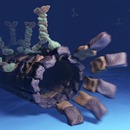 Microtubule Length Regulation by Molecular Motors
Microtubule Length Regulation by Molecular Motors
Length regulation of microtubules (MTs) is essential for many cellular processes. Molecular motors like kinesin-8, which move along MTs and also act as depolymerases, are known as key players in MT dynamics. However, the regulatory mechanisms of length control remain elusive. Here, we investigate a stochastic model accounting for the interplay between polymerization kinetics and motor-induced depolymerization. We determine the dependence of MT length and variance on rate constants and motor concentration. Moreover, our analyses reveal how collective phenomena lead to a well-defined MT length.
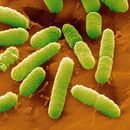 Highly Canalized MinD Transfer and MinE Sequestration Explain the Origin of Robust MinCDE-Protein Dynamics
Highly Canalized MinD Transfer and MinE Sequestration Explain the Origin of Robust MinCDE-Protein Dynamics
Reaction-diffusion dynamics provide a versatile framework for intracellular self-organization phenomena. The Min system in E. coli employs such mechanisms to ensure precise cell division by its ability to dynamically adapt to cell geometry. Under which conditions patterns emerge, how patterns are regulated by cell shape, and how such systems can be investigated in cellular geometries are the major aspects considered in our work.
 Population dynamics and the evolution of cooperation in group-structured populations
Population dynamics and the evolution of cooperation in group-structured populations
Microbes providing public goods are widespread in nature despite running the risk of being exploited by free-riders. However, the precise ecological factors supporting cooperation are still puzzling.
 Mobility promotes and jeopardizes biodiversity in rock-paper-scissors games
Mobility promotes and jeopardizes biodiversity in rock-paper-scissors games
An astonishing biodiversity exists within the earth's ecosystems. While being of essential importance to the viability of ecological systems, conceptual explanations of such diversity pose major challenges. Indeed, in a naive understanding of Darwinian evolution, two interacting species would compete for resources until only the fitter one survives (competitive exclusion principle). Non-hierarchical competitions between species have been found to help resolving this apparent paradox, and promote biodiversity.

